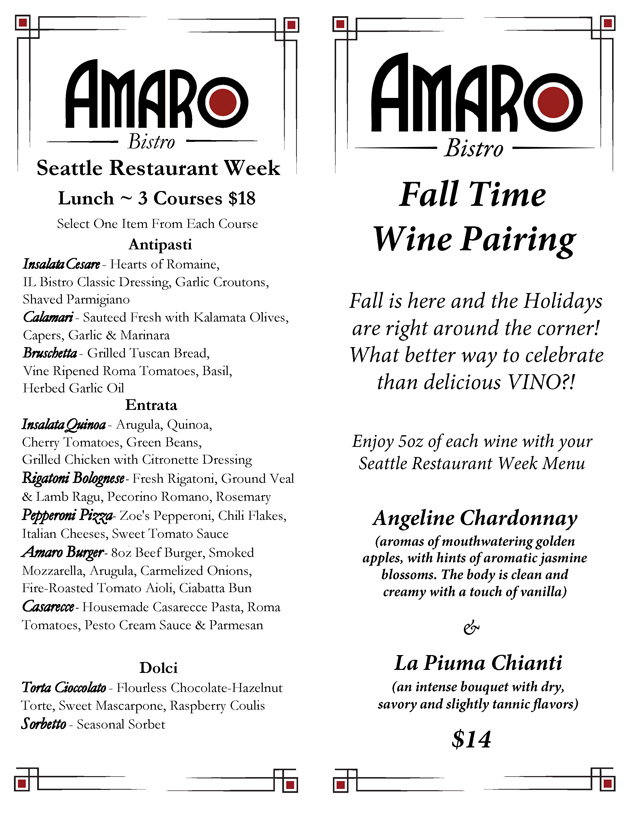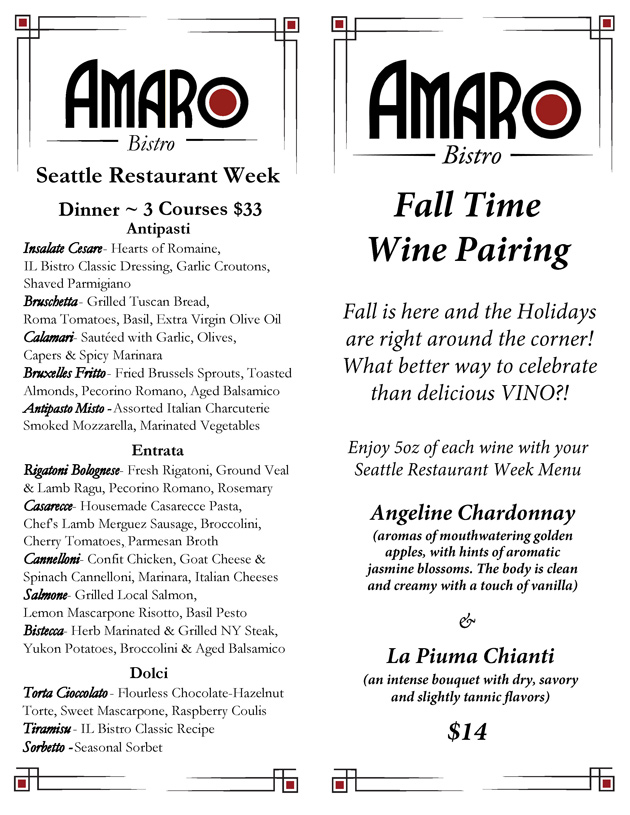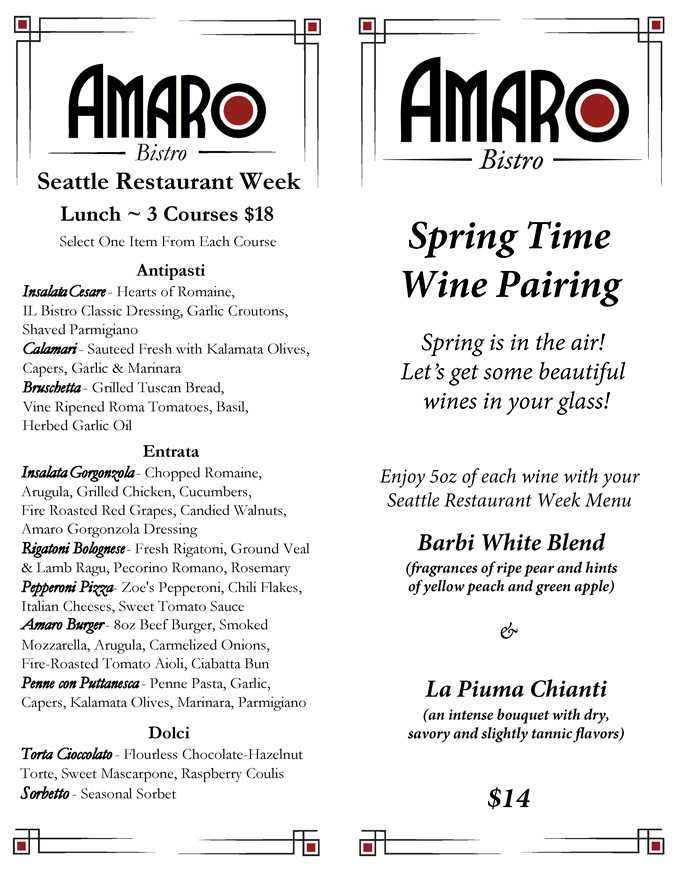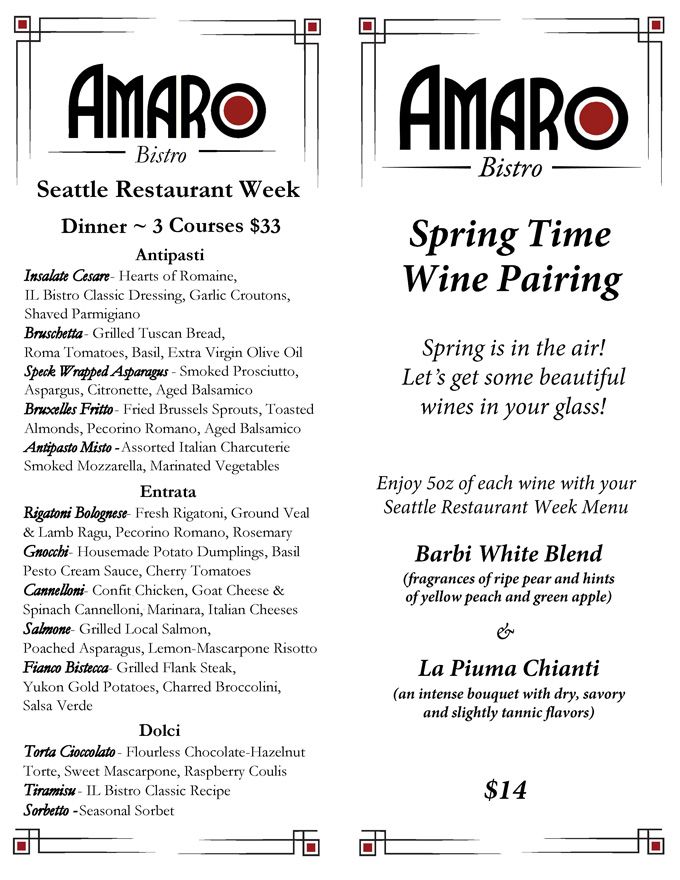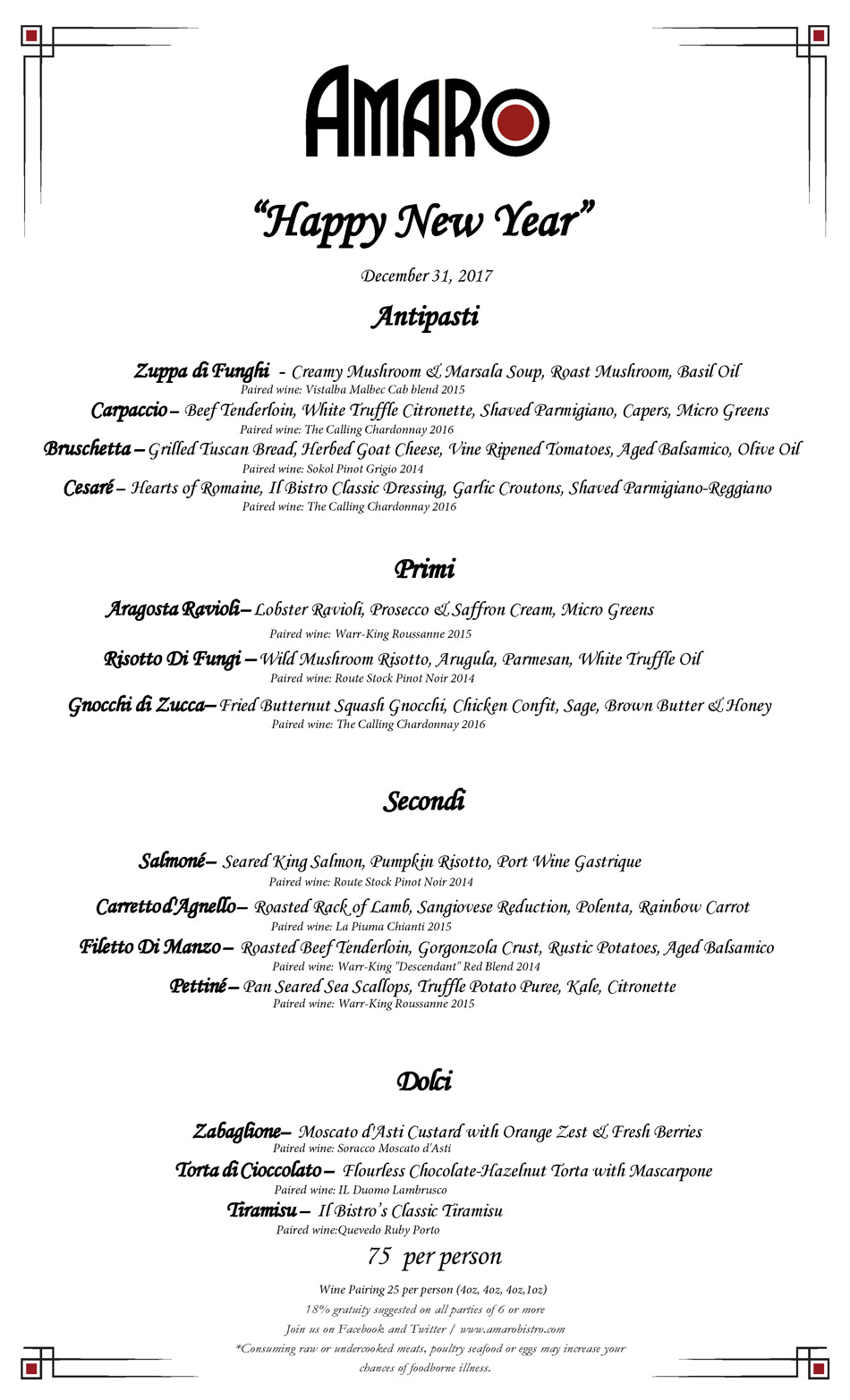Basics of Olive Oil To Love
Olive oil is a symbol of Italian food and has been part of the history of Italian cuisine since ancient times. Today, olive oil has become a staple in the pantry of many homes and kitchens, an ingredient many dishes can’t do without. It’s been known for its health benefits and the rich taste it brings to food.
Olive fruits come from a Mediterranean evergreen tree found throughout Italy and the whole Mediterranean basin. When the green olives start to darken or turn black, they are deemed ripe, and ready to harvest. Despite the time-honored tradition of hand picking olives, the sorting and pressing process have been modernized in an effort to save precious time as the fruit spoils easily. The press process is cumbersome and includes grinding and mixing, as well as separating oil from water.
Olive oil is considered “non-filtered” or “cold pressed” as the first, less refined result of olives pressing. Because of its purity and integrity, cold press olive oil is often more expensive than others.
Virgin Olive Oil?
Cold pressed olive oil is also called “virgin” since the oil has not been filtered or modified. Classified as virgin, it cannot contain more than 2% of acidity, refers to the presence of oleic acid, a monosaturated fatty acid. Virgin olive oils are more aromatic than their refined counterparts, with unique taste characteristics associated with their origin.
Extra Virgin Olive Oil
To be considered extra virgin, it must not contain more than 1% acidity. “Ordinary” or “pure” virgin olive oil contains not more than 3.3% acidity. Extra virgin or cold pressed olive oil is the highest quality olive oil available and it is used widely among restaurant chefs. Because of price and quality, this oil is used more sparingly. Extra virgin olive oil is best used over salads or for dipping bread.
Virgin olive oil contains less flavor and aroma than extra virgin, and is best used for frying, grilling and oven roasting. Ordinary olive oil contains even less flavor and aroma than virgin olive oil, and may be used in recipes where flavor from the oil itself is not desired.
Olive oil is not like wine. It doesn’t get better with age. It is a fresh product and must be consumed quickly once the bottle is opened. Olive oil bottles must be kept in a cool, dry storage place, not sun-exposed. Good extra virgin olive oil is very healthy, but it contains a lot of calories. Its fat is better than other kind of vegetable or animal fat, because of its high monounsaturated fatty acids, as well as having antioxidant substances. Olive oil helps lower bad cholesterol and increase good cholesterol.
Healthy Use of Olive Oil in Bothell
Enjoy the richness of olive oil when you dine at Amaro Bistro. Your favorite Italian restaurant in Bothell uses the benefits of this healthy ingredient to bring about authentic, delicious, and classic Mediterranean fare.


